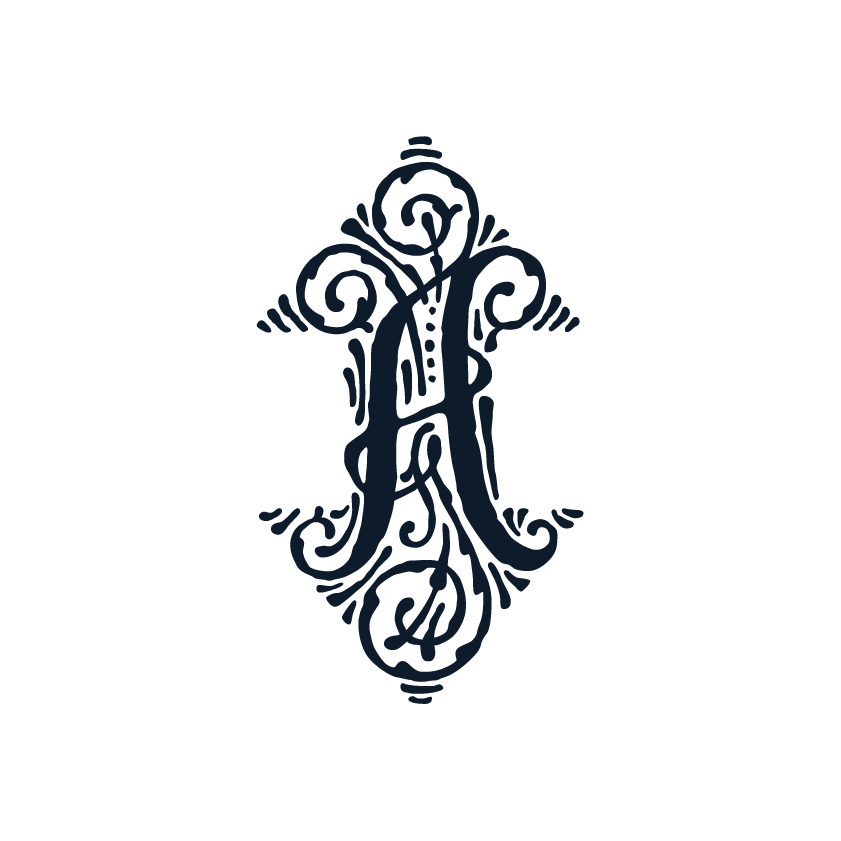There are a few different identities that all business need to get to grips with, this is something I often help my clients get their heads round, and often even other designers. Sometimes the terms change based on where you are in the world, but I will try to cover those as best I can.
I am cheating a little bit to get started, as this is all based on a seminar I gave to a university’s entrepreneur society. Still, it’s relevant and helps break the ice.
The conversation normally starts with the question:
“What’s the difference between branding and a logo?”
This comes up a fair amount from folks wanting to take more ownership of their brand’s direction but not having a clear idea where to start.
So, let’s go through some of the finer points.
What we're going to cover
Here’s a rough outline of what we are going to cover today.
Section One – The three identities
An introduction to Visual ID, Corporate ID & Brand Identity and how they fit together.
Section Two: Visual ID Made Easy
Logos & Brand marks
Illustrative Elements
Fonts
Visual FX and styles
Section Three: Keeping It All Together with Corporate ID
Consistency is king
Section Four: The Brand Identity
The look and feel
The ties and links
The emotion
Always on
So let’s begin.
Section One: The Three Identities
Visual ID, Corporate ID, Brand Identity. These three terms sound pretty similar, and in truth that they are all related, which doesn’t help too much when we are trying to use them correctly. Or when you hear someone using one in the wrong context.
1. Visual Identity
Visual identity or visual ID is the catch-all term for the assorted visual elements that a defines how a company looks.
2. Corporate Identity
Sometimes called a style guide, this is the rulebook on how the visual ID should always be used.
3. Branding Identity
Effectively this is the impact that the visual ID achieves.

Section Two: Visual ID Made Easy
As we mentioned, Visual Identity is the catch-all term for the assorted visual elements that make up a brand.
At its core, the strength of a visual identity is the ability to unify every interaction a company has with its customers. This ID becomes somewhat like a face, a focus for brand values, cues and messages to attach themselves to.
In short, it allows all the brand values to be easily recognised, even in a crowded marketplace.
Logos
First and foremost among these is the logo, which becomes the cornerstone on which the rest of the brand sits. The logo can be thought of as the face of the brand, the part you recognise in the street and probably what pops into your head when you think of the brand. Logo’s come in a few flavours too but we can dive into these at a later date.




Illustrative Elements
A somewhat vague title I know, but it’s a fairly simple concept. Essentially, this is the idea of having visual elements that are uniform across a brand. These elements may be based on part of a logo, and many become trademarks in their own rights.
These marks can be a great way of building a strong visual identity by allowing elements to be used across all communications, but a bit more subtle than just plastering the same logo across everything.
Fonts
Fonts, also called typefaces, are an integral part of effective communication. Where the words chosen have an impact, the font used can be considered the tone of that voice.
Sturdy serif fonts could be used to convey a feeling of trust and reliability, whereas a hand-written typeface could give a relatable and personable touch. There are countless fonts available and they can be used to shape how your brand is seen and heard.
















Visual FX and Styles
This can also sound a little nebulous, though again, an integral aspect of unifying a visual ID.
This generally takes the form of unifying communications by repeating a certain colour palette or treating all photography in the same way. Making it clear that they are all related and coming from the same ‘voice’.
Section Three: Keeping it all together with a Corporate Identity
Sometimes referred to as a Style Guide or Brand Guidelines, essentially this is a document that defines the rules for a visual ID.
Amongst other things, a corporate ID document will include; where a logo can be used, when to use various versions, spacing around a logo, the usage of fonts, a guide to the visual elements and styles used and the language used.
Consistency is King
Corporate ID is all about making sure your brand looks the same everywhere. This helps build trust with your customers and makes your brand instantly recognisable.
Here are some real examples:
Section Four: The Brand Identity
The nature of this relationship is that a brand is whatever one considers it to be. This far-reaching scope can quickly get overwhelming if one is not prepared, particularly for small and medium businesses where people tend to wear more hats.
Tackling the issues of branding would take more than just a quick article, but for now, here are three simple rules that should help you on your way.
“Your brand is what other people say about you when you’re not in the room”
- Jeff Bezos Tweet
Simply put, the brand is the personality of your company. It contains every aspect, from the quality of the product to the aspiration marketing, the look and feel of every communication. Absolutely everything.
1. Define your company values – write them down and ensure they are never compromised.
2. Stay consistent – I cannot overstate how important this is.
3. Be authentic – Turn your values into your company culture, helping 1 and 2.
In the world of branding, these elements are like puzzle pieces. A solid Visual ID, supported by a clear Corporate ID, creates a strong Brand Identity. When you put it all into action, it not only makes your brand recognisable but also forges a lasting connection between your brand and your audience.